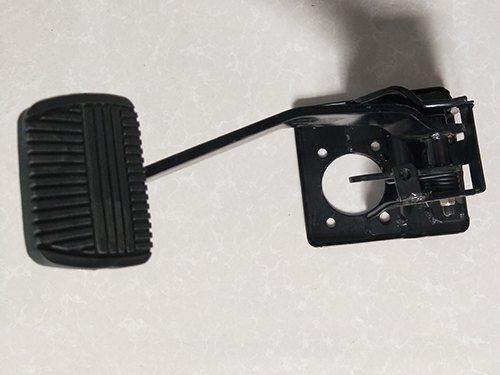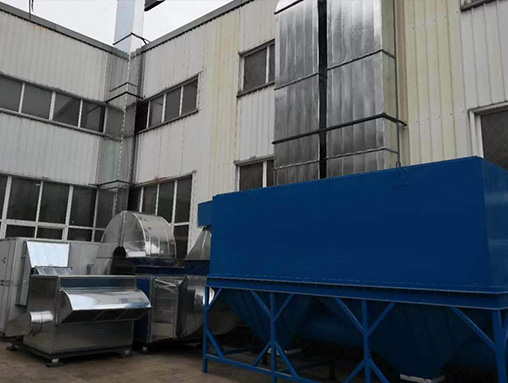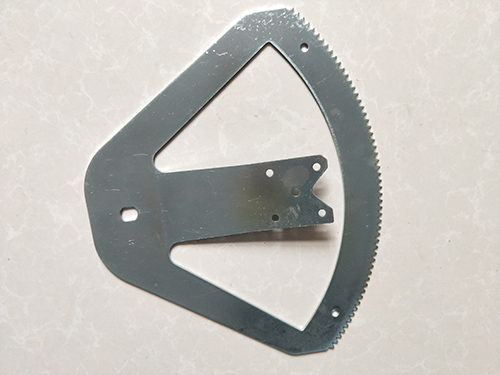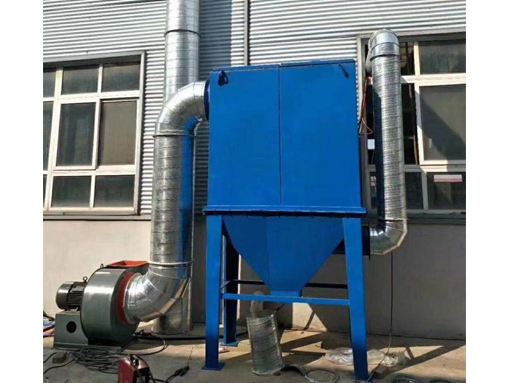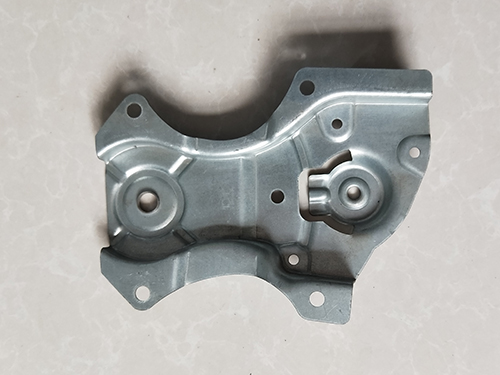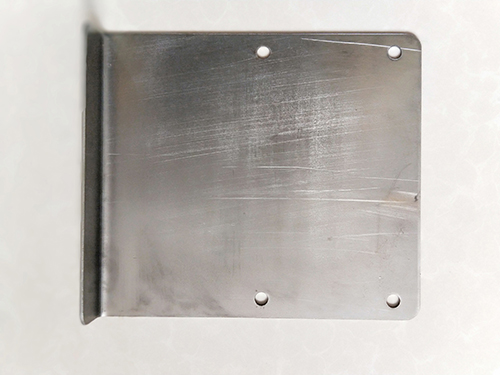The current situation and development trend of China's automotive stamping parts
In recent years, with the introduction of new car models, the replacement of old models, and the continuous expansion of the production scale of whole vehicles and components, the demand for automotive stamping parts has also been increasing. Metal components in automobile manufacturing require stamping processing to form, which is one of the more basic, traditional, and important metal processing methods. The manufacturing process level and quality of stamping workpieces have a direct impact on the quality and cost of automobile manufacturing, including various covering parts on the body, interior support parts, structural reinforcement parts, as well as a large number of automotive components such as engine exhaust pipes and mufflers, hollow camshafts, oil pans, engine brackets, frame structural parts, and transverse and longitudinal beams.
The current situation and development trend of China's automobile market
1.1 Basic situation of China's automobile market
Since its inception in 1953, China's automobile industry has undergone 50 years of development and has now become a major automobile producing country, listed by manufacturers as one of the world's top ten automobile producing countries. In recent years, China's automobile industry has shown a rapid growth trend, becoming the second largest automobile market after the United States with a high growth rate of over 20%. Among them, the market share of independent automobiles has grown and expanded, and they have also exported in large quantities overseas. In 2009, China's automobile production and sales both exceeded 13 million units, a year-on-year increase of 45%, surpassing the United States and Japan to become the world's largest automobile producer and a large automobile consumer market. At present, the number of cars per thousand people in China is about 40, compared to the world average of about 140 cars per thousand people. China's automobile industry still has good development prospects.
1.2 Future Forecast of China's Automotive Market
From the perspective of long-term development trends, there has been no fundamental change in the trend of China's economy maintaining rapid growth in the future. It is expected that the potential growth rate of China's economy will still remain above 8% before 2020. Under a series of favorable policies such as the adjustment of purchase tax and the "car to the countryside" policy, the demand for the automobile market has rebounded, and the sales volume of the entire industry has continued to operate at a high level and reached a historical high, establishing the momentum of industry recovery. The significant increase in automobile production and sales in 2009 did not bring forward consumption in the following year. Moreover, the preferential policies that stimulate car consumption have been continued. Although the stimulating effect will weaken, car sales will still maintain a growth rate of 15% to 18% next year, and the total number will exceed 15 million vehicles. Conservatively, it is expected that the demand for the entire industry will exceed 11 million vehicles in 2010, a year-on-year increase of about 2%, and is expected to exceed 20 million vehicles by 2012.
The current situation of China's automotive stamping parts industry
With the development of the automotive industry, stamping processing, as one of the more basic, traditional, and important metal processing methods, will continue to develop in China's automotive industry in the next 10-20 years. In the composition of a car, the body, engine, and chassis are collectively referred to as the three major assemblies of the car. According to statistics, the body weight of buses, sedans, and most cars accounts for about 40% to 60% of the total weight of the vehicle. The body of a sedan is made up of about 400 stamped parts welded together. Steel plate materials account for 51% to 65% of the car's own mass in different vehicle models.
At present, there are few large enterprises engaged in stamping parts in China, mainly small and medium-sized enterprises, and stamping parts are mainly produced by small and medium-sized stamping. The large stamping parts in the automotive industry are mainly deep drawn, and in China, these stamping parts are mainly concentrated in large factories such as automobile factories, tractor factories, and aircraft manufacturing factories. Large stamping and deep drawing factories are not yet common. For the small and medium-sized stamping parts in China's automotive industry, such as components or body parts, with the development of the automotive industry, there are currently many small factories around some automobile or tractor factories.
Designed metal stamping parts; It is necessary to have a simple shape and a reasonable structure, which is conducive to simplifying the mold structure and simplifying the number of processes, that is, to complete the entire part processing with fewer and simpler stamping processes, reduce the need for other methods of processing, and facilitate stamping operations, so as to organize mechanization and automation production and improve labor productivity. Laser cutting processing is a commonly used component in metal processing and mechanical manufacturing. Stamping processing is a processing method that uses molds to separate or shape metal plates and strips. Its application range is broad. The main materials processed are hot-rolled or cold-rolled (mainly cold-rolled) metal sheet and strip materials, such as carbon steel plate, alloy steel plate, spring steel plate, galvanized plate, tin plated plate, stainless steel plate, copper and copper alloy plate, aluminum and aluminum alloy plate, etc.
The laser cutting processing of metal stamping parts includes processes such as punching, bending, deep drawing, forming, and finishing. The materials used for stamping processing are mainly hot-rolled or cold-rolled (mainly cold-rolled) metal sheet and strip materials, such as carbon steel plate, alloy steel plate, spring steel plate, galvanized plate, tin plated plate, stainless steel plate, copper and copper alloy plate, aluminum and aluminum alloy plate, etc. The hardness test uses a Rockwell hardness tester. The repeated positioning accuracy and linear feed rate of CNC machine metal stamping parts cannot reflect the actual machining situation of stamping parts during the three-dimensional surface machining of metal molds. The three-dimensional surface machining of molds requires high dynamic precision performance, and high speed can only be achieved with the cooperation of the machine tool's high rigidity, thermal stability, high performance, and control system.
Raw materials should have quality certificates, and they meet the specified technical requirements. When there is no quality certificate or for other reasons, the metal stamping parts production factory can choose raw materials for re inspection as needed. Chemical analysis and metallographic examination: Analyze the content of chemical elements in materials; Determine the grain size level and uniformity of the material; Assess the grade of free carbides, banded structures, and non-metallic inclusions in the material. Check for defects such as shrinkage and looseness in the material. Forming performance test: Conduct bending test and cupping test on the material to determine the work hardening index n value and plastic strain ratio r value of the material. The testing method for the formability of steel plates can be carried out according to the regulations for the formability and testing methods of thin steel plates. Other performance requirements determination: determination of the electromagnetic properties of materials and the adhesion ability of coatings and coatings. The accuracy and surface condition of hot metal stamping parts are lower than those of cold metal stamping parts, but still better than castings and forgings, with less cutting processing. The raw materials used in the processing of metal stamping parts must comply with the relevant metal material standards and meet the requirements for the supply status or other aspects of the materials.
